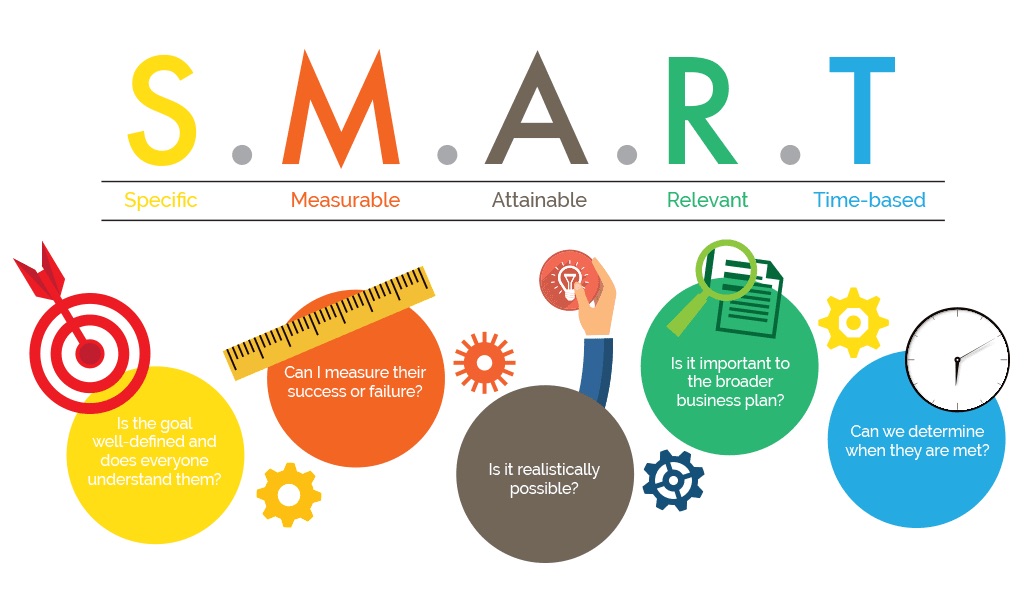A good communication strategy is imperative for any business. As a matter of fact, good communication skills often define a successful individual and a failed person. And, a salesperson or a sales communication strategy is no exception.
Communication is a key sales skill. And that includes prospecting, social selling, storytelling, presentation, and active listening.
To hit the right numbers, a sales team not only needs to know everything about the respective product and market—but they also need to be able to communicate effectively with clients, throughout the sales cycle. With the right emotions, the right word usage, and the right type of communication tech, they can build more meaningful relationships with every client/buyer they’re targeting and close bigger deals.
Now, the key question is: How to create a successful sales communication strategy?
The answer, of course, varies with respect to various roles, industries, and needs. However, a few steps remain the same in any situation. But before we get into those steps, let’s get a better understanding of “What is a communication strategy?” and “Why makes it so important?“. So, here you go.
What is a sales communication strategy?
A sales communication strategy lies at the center of every sales team’s initiative, often forming the defining principle. It usually takes the form of a detailed plan that serves as a road-map for teams to work together and get the desired service/message/experience delivered to their audience.
If not aligned properly with your organizational objectives, your communication strategy can lead to a lack of team cohesion, unclear messaging, damaged relationships, low team morale, higher turnover, lost revenue, and wastage of time/resources.
And if aligned properly, here’s what you can expect:

- Meaningful interactions
- Productive discussions
- Increased engagement
- Greater commitment
- Improved Team spirit
- Expedited work process
- Constructive feedback sharing
- Effective conflict resolution
- Stronger work-related relationships
- Higher customer satisfaction score
- Increased company revenue
The step-by-step guide to building an effective sales communication strategy
Do you need a communication strategy that enables your sales rep to drive higher company revenue? Follow this 5-step process.
STEP 1: Perform SWOT Analysis
STEP 2: Understand the Audience
STEP 3: Pick a Communication Channel
STEP 4: Define SMART Objectives
STEP 5: Get Detailed Feedback
Let’s take a closer look at each step.
STEP 1: Perform SWOT Analysis
This is where you hover over your current sales communication plan before making any big changes or build a new strategy from scratch. The idea here is to see where your sales team currently stands in terms of communication, assess their strengths and weaknesses in the present situation using the SWOT analysis, and see what needs to be done in the foreseeable future.
SWOT stands for Strengths, Weaknesses, Opportunities, and Threats. And here are definitions of each one of these items:

- Strengths—” What do you do well?”—Elements in your communication plan that serve as an advantage over others.
- Weaknesses—” Where do you need to improve?”—Elements in your communication plan that place your firm and your team at a disadvantage to your competition.
- Opportunities—” What are your goals?”—Elements that your firm and your team could use to their advantage.
- Threats—” What obstacles do you face?”—Elements in the current environment and communication plan that may create problems for your entire business.
| Quick Tip: When doing a SWOT analysis of your communication plan, keep these points in mind: 1. Keep it simple. There is no need to over-complicate the process 2. Brainstorm with people who are broadly familiar with the problem 3. Try to empathize – Analyze your communications program from the clients’ perspective 4. Prioritize your findings. Don’t follow up on every SWOT item at the same time. |
STEP 2: Understand the Audience
In sales, the better you know your audience, the better are your chances to make a good sale. Sales reps should always know who they’re talking to and what they exactly want—which can only be achieved by using the right set of communication channels and a defined communication strategy.
Taking an audience-centered approach towards communication is important because a sales rep’s effectiveness will be improved if the pitch is created and delivered in an appropriate manner.
Example: A sales team for a wholesale office supplies distributor needs to have a truly unique insight and understanding of its audience (office supplies shops and stationary), allowing them to tailor and success-proof their sales approach accordingly. This includes the way they reach out and communicate with the defined audience.
| Quick Tip: During target audience analysis: 1. Avoid relying on preconceived notions of a group 2. Inform your audience instead of simply telling them what they want to hear 3. Pay attention to the feedback that the audience gives 4. Continue to analyze the needs, preferences, and expectations of your audience |
STEP 3: Pick a Reliable Communication Tech
A sales team must opt for a communication channel that best serves their given purpose and audience. Too often, too many teams make the mistake of choosing the wrong communication tools or relying on obsolete ones like emails.
Today, we have access to tools and apps to make every aspect of our lives easy and organized–including tools to improve sales team communication.
Whether it’s call centre solutions, contact centre software, video conferencing and audio conferencing solutions, and team chat apps to help your sales team collaborate without friction.
And we have hundreds of options to choose from. In fact, there are more than a dozen software and apps designed specifically to meet the everyday communication needs of a sales team.
The only question that might cause you to feel stressed is: What are the best communication tools for sales reps?
Have you heard of Telebu’s Team Communication Suite? Well, it’s the fastest and most effective way to solve your communication problems. The suite offers you three different tools for three different types of communication needs.

- grptalk for audio conferencing with 5 to 5000 participants
- TelebuJoin for video conferencing and on-demand broadcasts
- TelebuPing for instant one-to-one/group messaging
Together, these three solutions enable sales teams to start conversations and have meetings anywhere, anytime.
| Quick Tip: No two sales teams are alike. So, when looking for a communication tool, 1. Understand the different needs that are most important to you 2. Calculate benefits like speed, security, and accuracy carefully 3. find solutions with little to no learning curve 4. check if timely support is available or not 5. Figure out the cost before settling to a decision |
STEP 4: Define SMART Goals
Once you’ve got a clear understanding of your current program and audience preferences–and picked the right communication tool, you can move to the next step i.e. setting effective communication goals. And if you want your new sales team communication strategy to deliver long-term success, I suggest you follow the SMART goal method.
SMART is an acronym that stands for Specific, Measurable, Achievable, Realistic, and Timely. And here are definitions of each one of these items:

- Specific: Goals that target a specific area for improvement.
- Measurable: Goals that quantify or at least suggest an indicator of progress.
- Assignable: Goals that specify who will do it.
- Realistic: Goals that state what results can realistically be achieved, given available resources.
- Time-related: Goals that specify when the result(s) can be achieved.
| Quick Tip: Before you begin the hustle, make sure that your communication strategy is prepared for common traps like: 1. Setting too many goals within the same timeline 2. Procrastinating over goals rather than achieving them 3. Underestimating how hard it can be |
STEP 5: Evaluate Results and Get Feedback
Putting your new strategy into play isn’t enough. Once your strategy is put to practice, you must evaluate the results to determine whether the designed strategy worked or not. During this kind of evaluation, you also need to ask everyone (sales reps as well as clients) for their feedback on the ongoing communication strategy. And based on the gathered insight, you have to decide what needs to be changed and how things can be better when communicating with the sales team.
Think of your sales team’s communication strategy as a commodity that demands continuous improvement based on the latest trends and changing needs. Keep this in mind and you will be good.
| Quick Tip: To better analyze feedback and use them to drive more sales, follow these few tips: 1. Don’t compare unrelated data 2. Use both negative and positive feedback 3. Don’t just wait for feedback to make changes, keep your eyes on trends |
There you go, this is how you create a sales communication strategy… And in the end…
In sales, it always comes down to how your customer experiences and how you and your brand makes a person feel. So, be cautious about the way you choose to connect and communicate within and outside your sales department. Follow this simple 5-step process to build a more effective sales communication strategy in no time.





0 Comments